Starting today, Earth Day, we will implement a $0.25 additional charge for all drink orders using a single-use, disposable to-go cup. We know this is a big and important change for some, so we wanted to lay out why we’re doing this, what it will look like and answer a few questions around the new pricing program.
Why Are We Charging for Cups?
We are adding a charge for cups in order to reduce waste and global-warming-inducing greenhouse gas emissions that come from the production and disposal of single-use items. The new pricing structure is part of our Zero Waste Initiative as a company. A huge thanks to local organization Recycling Advocates for doing this research - they estimate that 50 million disposable coffee cups are used in the Portland Metro every year. This equals 3 million pounds of solid waste, 6,000 metric tons of CO2. That's equivalent to almost 600,000 gallons of gas consumed, or 6 million pounds of coal burned for one year. (some more great info here - http://www.recyclingadvocates.org/single-use-coffee-cup-reduction/)
Pricing Structure & Details
The pricing structure for drinks & cups is now as follows, effective April 22 at all of our Portland cafés and farmers market stand:
bring your own cup & you get the same 25-cent discount we've always offered for bringing your own
get your coffee in one of our for-here cups & you pay the menu price (same price as before)
get your coffee in a to-go cup: pay 25 cents more than menu price, which is 25-cents more than you would before
Essentially what we have decided to do is more in line with the idea of "you get what you pay for": if you want an extra item (a cup, lid, sleeve, straw), you'll now pay extra for it. It costs us money to buy it, it spends carbon emissions to produce and dispose of it, it could potentially cost our community/nature even more if not disposed of properly. If you save us materials and the energy/water from needing to wash our own mugs, you'll get a discount. We are no longer building in a subsidy for the more wasteful (and costly) decision into our pricing structure.
How do we know this will reduce waste and the amount of cups being used?
We have been piloting the to-go cup charge at our newest cafe, Seven Corners, since opening last August, with stunning results in the area of disposable cup reduction. Here's a post on the results we've seen at Seven Corners (and the massive difference in share of customers using their own cup vs. getting for here cup vs. using to go cup) in this blog post: https://www.nossacoffee.com/nossablog/zero-waste-cafe-part-two-results
Question: This seems like an attempt to raise drink prices and disguise it in an “environmental” message. Aren’t you just profiting off of this charge?
We are not profiting off of the cup charge, we are earmarking the funds for purchasing carbon offsets to achieve carbon neutrality through Natural Capital Partners. We've chosen to purchase offsets from a water filtration project that we've become familiar with through our coffee origin visits in Guatemala, an interesting project called Ecofiltro. We also donate to a number of other environmental causes as a company.
Question: 25 cents for a cup, isn’t that price gouging for something that costs a few pennies!?
The cost of materials for to-go cups, lids, sleeves & straws is actually higher than one might imagine. Here's a breakdown of the cost for each item direct from our distributor:
Cost of cup = $0.05-$0.12 (low is 8oz Solo hot cup, high end is compostable cold cup)
Cost of lid = $0.04-$0.06
Cost of sleeve = $0.05
Cost of straw = $0.04
TOTAL = 0.09 on the low end for cup & lid, $0.22 on high end for a cold drink. This puts our charge in line with standard retail markups on cost of materials, if not under at 0.25 (even if we were just using the funds to cover our costs).
Question: Are you trying to manipulate my behaviors?
We are trying to shift customer behaviors, and research (our own, industry experts and leading economists) indicates that this type of charge is very effective in doing so. Any business that tells you they're not trying to influence you or change your behaviors is being dishonest with you. That's the point of messaging, marketing, discounting, price signals. This one is known as a 'nudge,' an indicator that there is another decision out there that could be a more positive one for everyone involved. The 10-cent charge on your glass bottle? That’s an indicator you should return it for recycling. That toll you might pay on a road? It’s might deter you from driving at rush hour. The discount or additional charge you might get depending on what type of bag you use at the grocery store? These are all price signals that also affect your behaviors.
Question: Are reusable cups actually better for the environment? Where’s the research that says so? What about all of the additional energy and materials that go into creating a [ceramic, steel, plastic, or glass, etc] reusable cup?
There are lots of studies out there on this subject; you can search the web for coffee cup life-cycle analysis and you’ll get a range of results. Long story short, results vary depending on the variables at play, such as what type of dishwashing is used, the materials of the reusable versus the disposable cup, and more. Overall we’ve found the evidence favoring a reusable cup compelling, and there are certain practices that make reuse even more eco-friendly.
An Oregon DEQ review on the environmental footprint of coffee concludes that the overall environmental footprint of a reusable cup depends greatly on the method and equipment used for washing between uses. Rinsing between uses instead of full washes can help reduce this footprint. The authors conclude:
The reusable cup is the better option in regions corresponding to approximately 68 percent of the nation’s residential population for all dishwashers evaluated in this report, including the oldest (least efficient) options. This includes the Pacific Northwest, where the electricity grid mix has a lower carbon footprint than the national average, and the reusable cup is the preferred option with respect to GHGE regardless of dishwasher energy efficiency. For the remaining 32 percent of the nation’s population, with the most carbon intensive electricity mixes, the results depend on appliance efficiency. Efficient appliances (using less electricity) make reusable cups the preferred option, while inefficient dishwashers (that require more electricity to heat water) lead to disposables having a lower carbon footprint…The authors conclude that their results indicate a strong life cycle environmental benefit of using reusable cups.
The material composition of the cup also matters, as well as the type of cup it’s being compared to. For example, the company KeepCup recently commissioned a life cycle analysis on their product and found that using one of their reusable cups results in an 88% lower carbon footprint than using compostable cups. It takes only 10 days of drinking coffee for the use of a disposable cup to overtake the use of a reusable KeepCup. See their full technical analysis here.
Of course, if you’re constantly buying new reusable stainless steel insulated thermoses for your coffee, that is also not very environmentally-friendly when it comes to materials use. Reusing a container as much as possible helps to lower your carbon footprint. That’s why we love to see our customers get creative in that reuse. So go ahead, bring in your old jam jar wrapped in a well-worn bandana to get your daily cup of coffee!
Thank you for joining us on the journey to eliminate waste.
This isn't an easy change for us to make--in fact, it's been quite a painful decision to make as a business. We train our staff to go above and beyond in customer service and hopefully if you've been to one of our shops you've experienced a warm and inviting atmosphere. But we believe it's the way we need to do things if we truly want to reduce needless waste. The goal isn't to shame or make people feel bad or to profit off of cups. In fact, if this program is “successful,” it will mean that more people are encouraged to bring in their own cup and get the 25-cent discount that we offer! And we get it, sometimes you want your drink to go and you need a cup to make it happen, and we'll still make it happen for you. The goal is to add a signal that a disposable cup isn't always necessary, and in some way it can probably be saved from littering our streets, polluting our oceans and piling up in our landfills. We have one planet, and we want to do our part as a business to help preserve it.
Read More in the News:
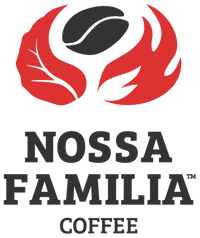



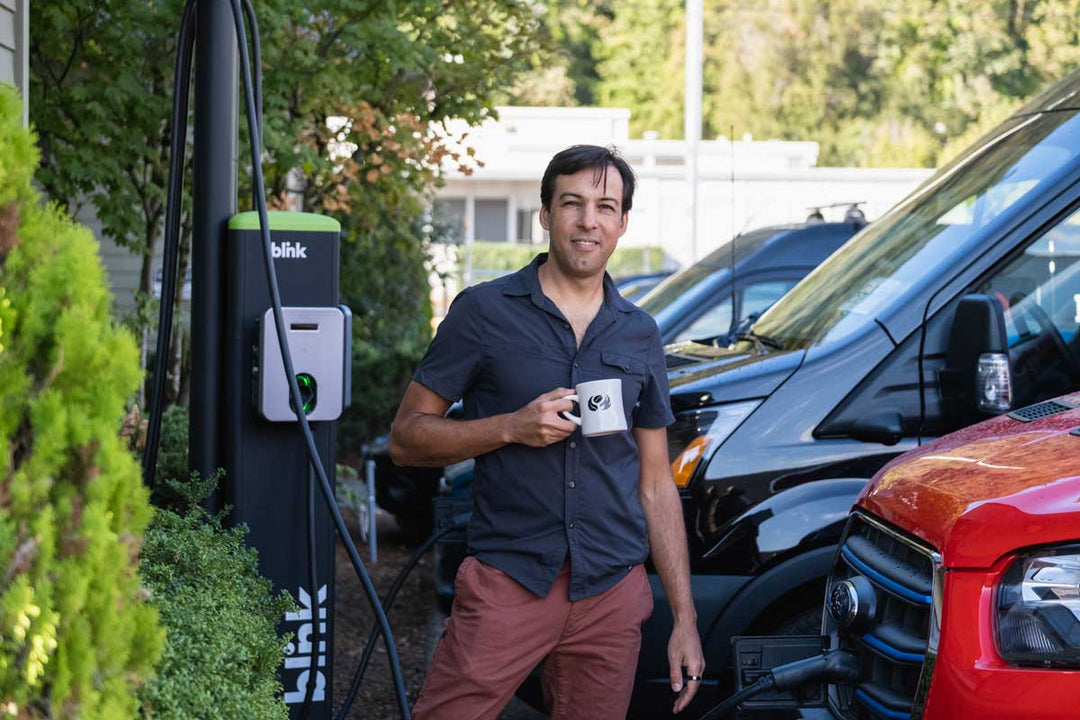
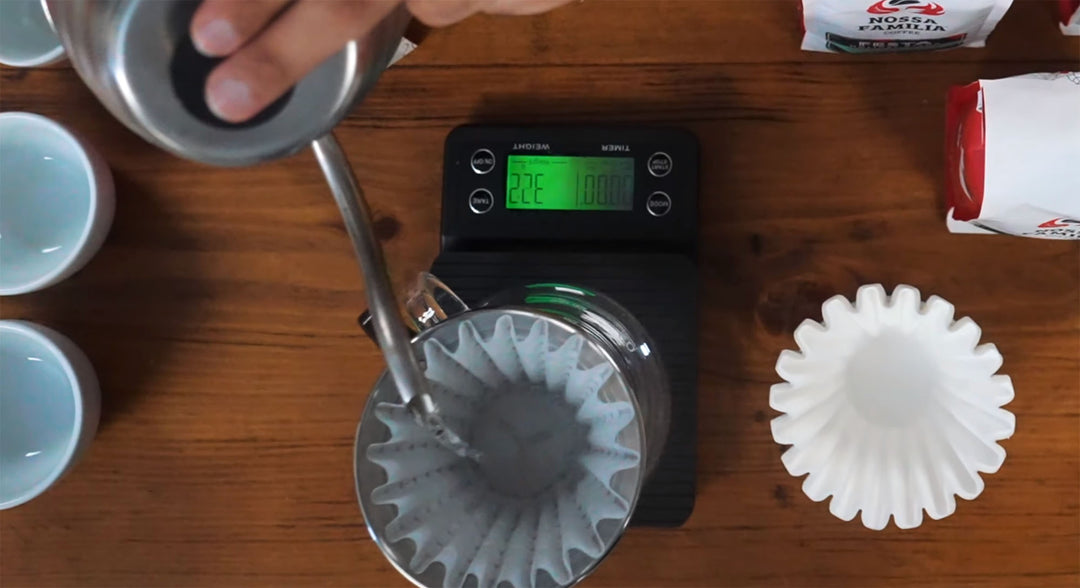
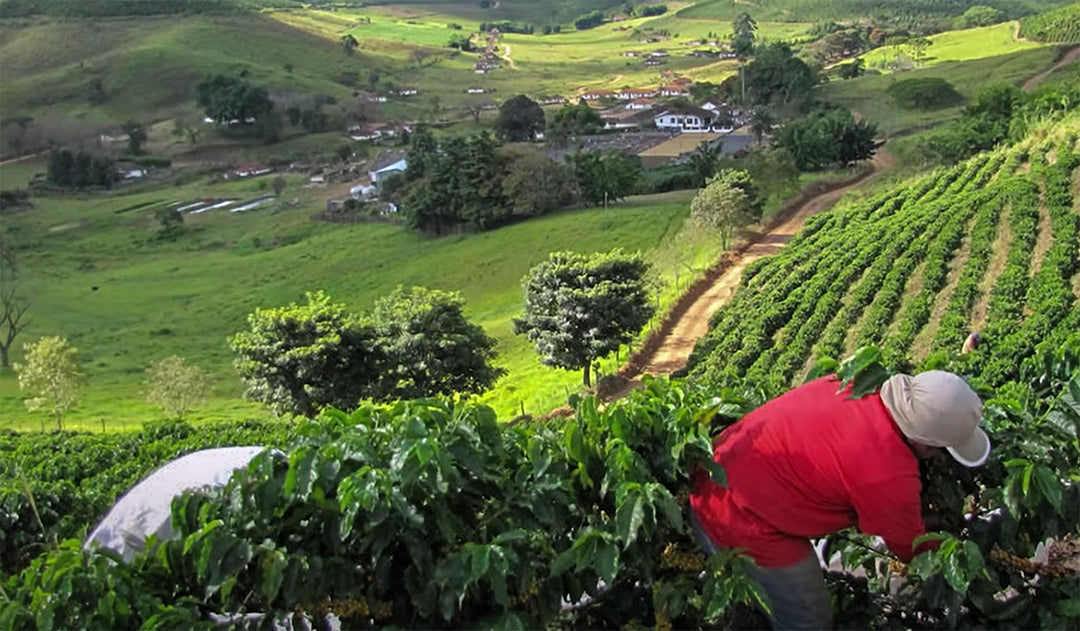
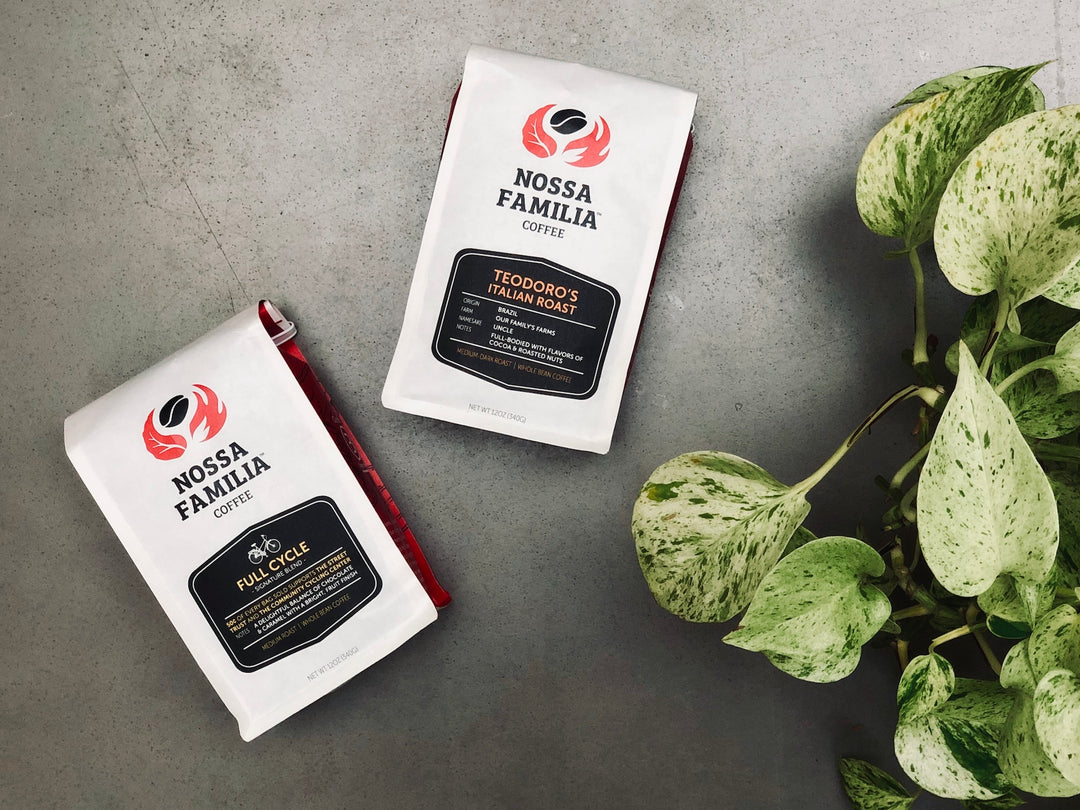
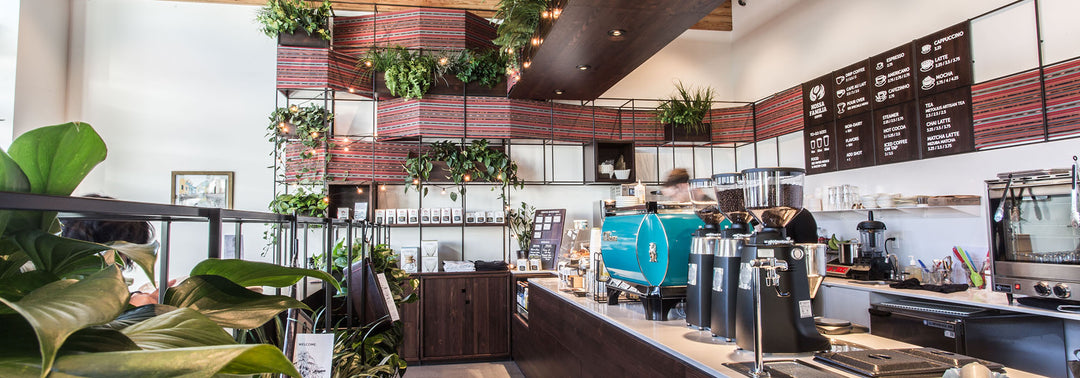
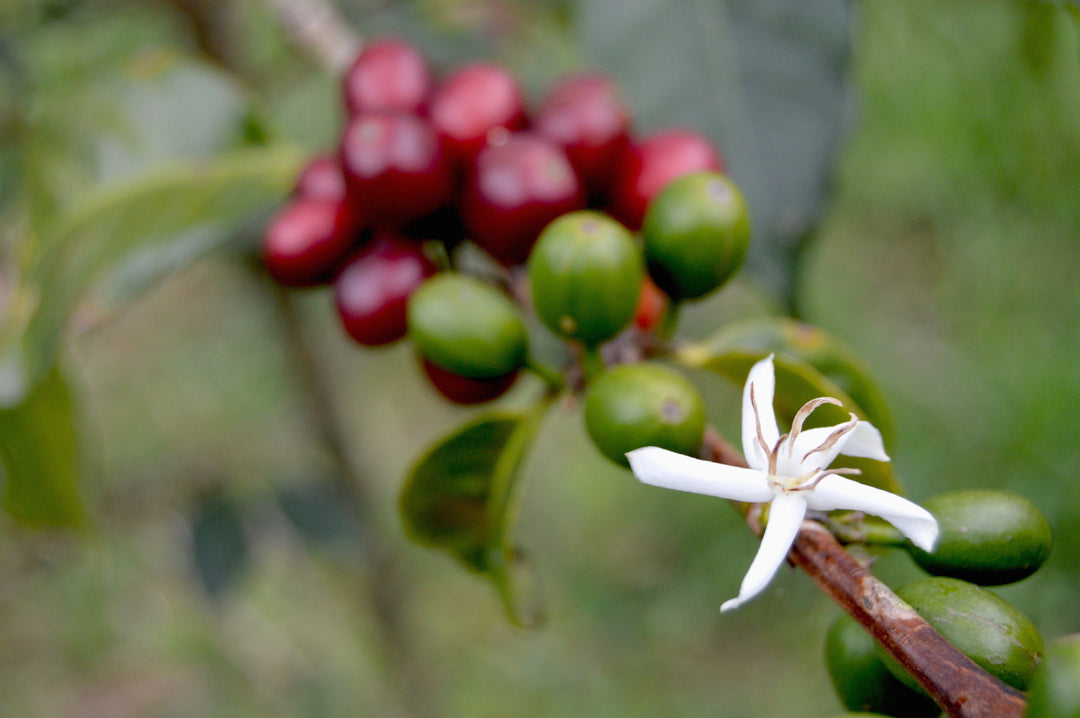

Leave a comment